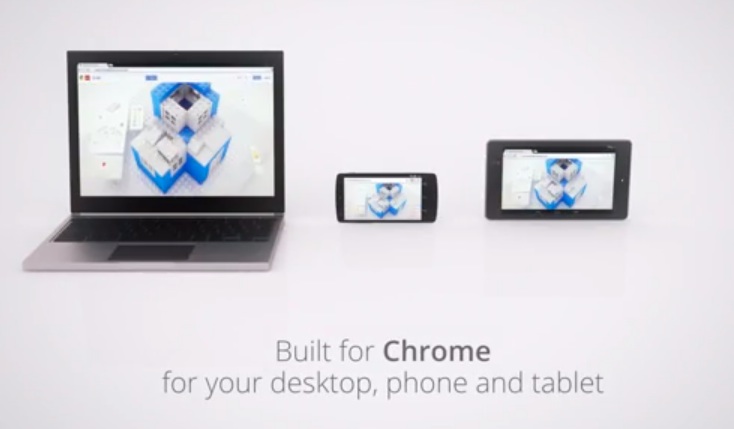If you're a LEGO fanatic like we are, you're going to love what the software engineers at Google and LEGO have developed: a 3D modeling tool that uses LEGO's iconic pieces as the building blocks.
The developers call it "the largest LEGO set the world has ever seen."
The free application, called Build, allows Chrome browser users to create virtual 3D structures using any shape and color in the LEGO catalog. Users can build LEGO structures on any plot in the world, using a PC or mobile device.
LEGO models can be saved and shared with other users. They can also view creations dreamt up by other builders.
The site includes the Build Academy, which puts users through a series of building challenges in different locations, with the goal of attaining LEGO Master Builder status. Along the way, players can unlock new LEGO bricks and colors.
OK, enough talk. Give it a try! http://www.buildwithchrome.com.
Related Stories
Architects | Apr 17, 2018
Cannon Design expects merger with gkkworks will help streamline its deliveries
The combined firm reinforces its presence in the western U.S.
Architects | Apr 16, 2018
Is the AEC industry ready to shake off its retrograde image?
Technology has been and always will be perceived as a source for wonder and worry.
Architects | Apr 10, 2018
HOK names a physician as its new Chief Medical Officer
Dr. Andrew Ibrahim will collaborate with the firm’s medical planning and design teams.
Architects | Apr 5, 2018
AIA grants $100,000 to four Upjohn Research Initiative projects
The purpose of the grant is to provide base funds for applied research projects that will advance the design profession’s knowledge and practice.
Architects | Apr 5, 2018
Tech Report 5.0: The Human Touch
Can studying humans at a behavioral level produce better buildings? Cognitive architecture experts are working to find out.
Architects | Apr 4, 2018
How to acquire speaking engagements and hone your skills
So, you understand the benefits, but how do you actually get started with speaking engagements?
Architects | Apr 4, 2018
8 things to consider before using digital media to communicate with employees
The Marlin Company, a visual communications and digital signage provider, published a guide that outlines eight basic questions, along with some advice, about workplace digital signage.
Education Facilities | Mar 30, 2018
How can we design safer schools in the age of active shooters?
How can we balance the need for additional security with design principles that foster a more nurturing next-generation learning environment for students?
Architects | Mar 26, 2018
Designing for homeless facilities: Critical spaces to consider
The City of San Diego is home to the fourth largest homeless population in the U.S.
Education Facilities | Mar 23, 2018
An introvert's oasis: How to create learning environments for all student types
In order to understand why a school day can be so grueling for an introverted student, it’s important to know what it means to be introverted, writes NAC Architecture’s Emily Spiller.






















